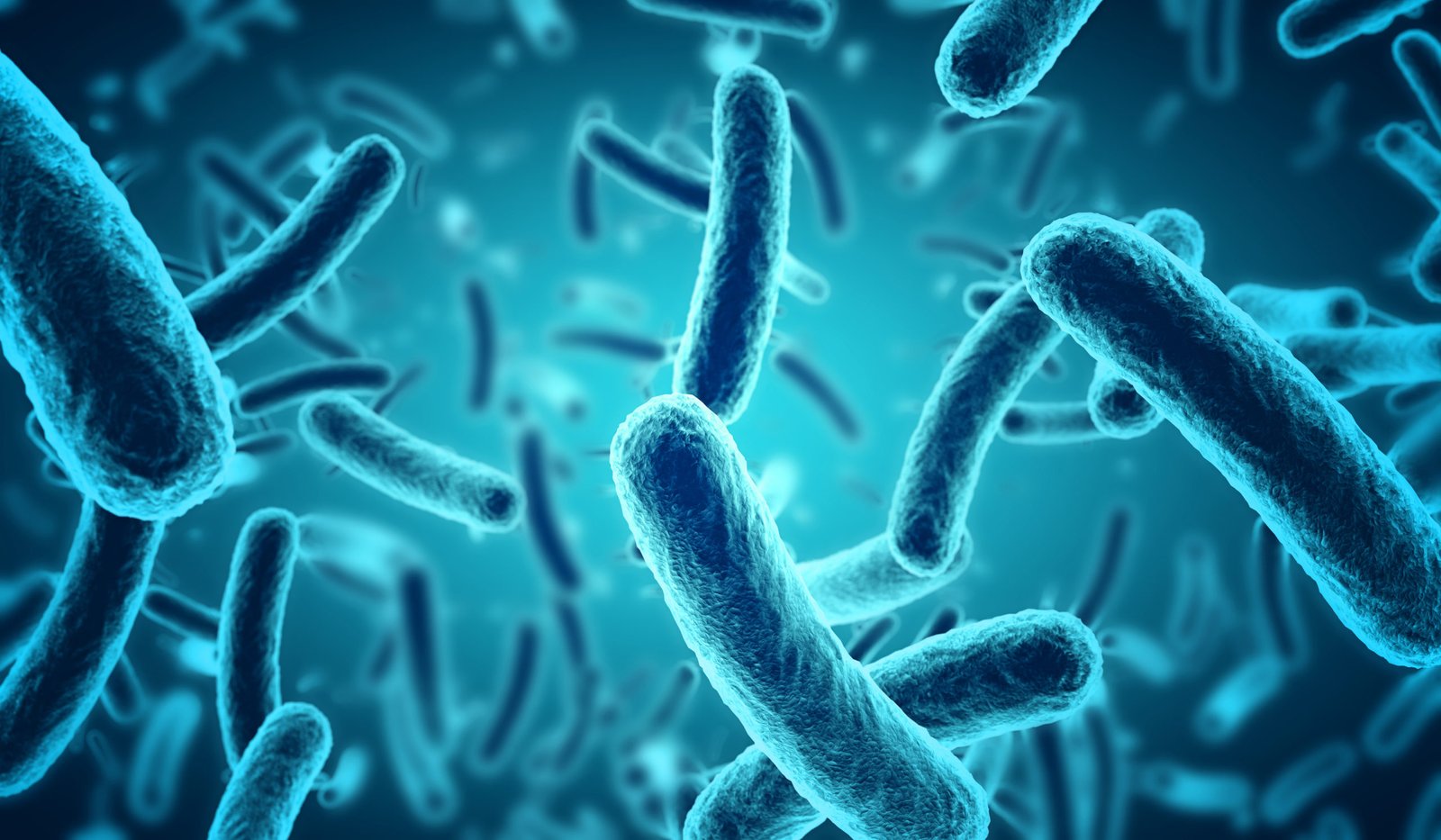Bacterial Growth Curve – Basic microbiology, parasitology, and immunology; nature, reproduction, growth, and transmission of common microorganisms and parasites in Bangladesh; prevention including universal precaution and immunization, control, sterilization, and disinfection; and specimen collections and examination. Students will have an understanding of common organisms and parasites caused human diseases and acquire knowledge about the prevention and control of those organisms.
Bacterial Growth Curve
Bacterial growth is the asexual reproduction, or cell division, of a bacterium into two daughter cells, in a process called binary fission
or
Bacterial growth means “development of a bacterium into its mature pathogenic form.” In other words it means “orderly increase in all the components of the bacteria.”

Bacterial Multiplication:
Bacterial multiplication may be defined as “increase in the number or generation of bacteria.”
Definition of Generation Time:
The time required for bacteria to become double in number under optimum condition of growth is called generation time or doubling time.
- If the number of generation = n, in given time T
- Generation time (G) = T/n time
=> G = T/n
Example:
- Generation time of ordinary bacteria = 18-20 minute
- Generation time of M. tuberculosis = 18-20 hours
- Generation time of M. leprae = 18-20 days.
Importance of Generation Time:
A. Increase generation time;
- Slow growth -> slow action of antibiotic -> increase duration of treatment; e.g. – long duration of treatment in tuberculosis and leprosy.
- Increase incubation period
B. Decrease generation time:
- Decrease incubation period ->early manifestation of disease.
Definition of Bacterial Growth Curve:
This bacterial growth curve reflects the events in bacterial population when they are grown in a closed system of microbial culture of fixed volume (i.e. batch culture). The typical growth curve for population of cells can be divided into several distinct phases called the
- Lag phase,
- Log phase,
- Stationary phase and
- Death phase.
Stages/Phases of Growth Curve;
1. Lag phase or preparatory phase
2. Log phase or exponential phase
3. Stationary phase
4. Decline phase / Death phase

Figure: Growth curve of bacteria.
Description of the Every Stages/Phases of Growth Curve;
Lag phase:
This is the time or period required for bacteria for adjustment in human body.
Criteria:
- No appreciable multiplication of bacteria occurs in this phase
- Metabolic activity increases.
- Cell size may increase
- Time requires 1-4 hours
Importance:
- Membrane acting antibiotic such as polymyxin, amphotericin-B can be used in this phase. Detergents, soaps and other surface acting agents act better in lag phase.
Log Phase;
Criteria:
- Rapid cell multiplication & cell number increases in geometric process.
- Active synthesis of cell wall occurs
- Metabolic activity increase at a very high rate
- Time requires 1-4 hours.
Importance:
- Antibiotic act better at this phase as cell wall growth is very active during this phase.
- At this phase disease-producing capability of bacteria is highest, and if not treated the disease properly at this stage, dreadful condition like septicemia can result.
Stationary phase
Criteria:
- At this stage, multiplication rate & death rate of bacteria are equal, so net growth rate is zero.
- Cell dies because of exhaustion of nutrient in the bacteria & accumulation of toxic products in the medium.
- Exotoxin production starts at this stage.
- Stationary phase;
- Time requires – few hours to days.
Importance:
- Release of exotoxin starts.
- Spore forming bacteria starts formation of spore.
- Cell wall acting antibiotic may be used.
- Gram positive bacteria may be transformed into Gram-negative bacteria by erosion of peptidoglycan layer,
Decline phase / Death phase
Criteria:
- The death rate is greater than the multiplication rate.
- Accumulation of toxic product occurs.
- Time requires few hours to days
Importance:
- Exotoxin of C. diphtheria is produced in this phase.
- Bacteria may develop L-forms, which are resistant to antibiotics.
- Sporulation starts in some bacteria.

Bacterial Growth Requirement:
1. Nutritional factors;
A. Source of energy / Essential elements; Carbohydrates, proteins, lipids & nucleic acid etc.
B. Growth factor; Bacteria cannot synthesize these factors and therefore must be
provided for their growth & multiplication.
a) Essential growth factors: Vitamins e.g. PABA, thiamin, riboflavin, nicotinic acid, pyridoxine, folic acid, cyanocobalamine etc.
b) Essential trace elements / Minerals: Potassium, calcium, magnesium, iron, copper, zinc, manganese etc.
c) Accessory factors for some bacteria: e.g. Factor V (NAD) & Factor X (heme)
2. Environmental factors:
A. Water: It is essential for all metabolic pathway of bacteria, as almost 80% of cell constituent is made up of water.
B. Oxygen: according to O2 requirement organisms are-
a) Obligate aerobe -e.g. Pseudomonas
b) Obligate anaerobe – e.g. Clostridium
c) Facultative anaerobe – e.g. Staphylococci, Esch. coli.
d) Aerotolerant anaerobe
e) Microaerophilic – e.g. Neisseria
C. Carbon dioxide: Certain bacteria requires more CO2 (5-10%) for their growth e.g. Neisseria gonorrhoeae. Brucella abortus etc.
D. Temperature: Bacteria are divided according to temperature requirement into following groups-
a) Psychrophilic (15-20°C) -e.g. Saprophytes.
b) Mesophilic (30-37°C) – e.g. Most of the pathogenic bacterian
c) Thermophilic (50-60°C) – e.g. Bacillus steatothermphilus.
E. pH of the Medium;
a) Most bacteria grow best in pH (7.2-7.4)
b) Acidophils – Grow in highly acid media (4-4.5) e.g.- Lactobacilli
c) Alkalophils – grows in highly alkaline media (8-9) e.g. V. cholerae
F.Light.
G. Osmotic pressure / Salt concentration.

Read More….
